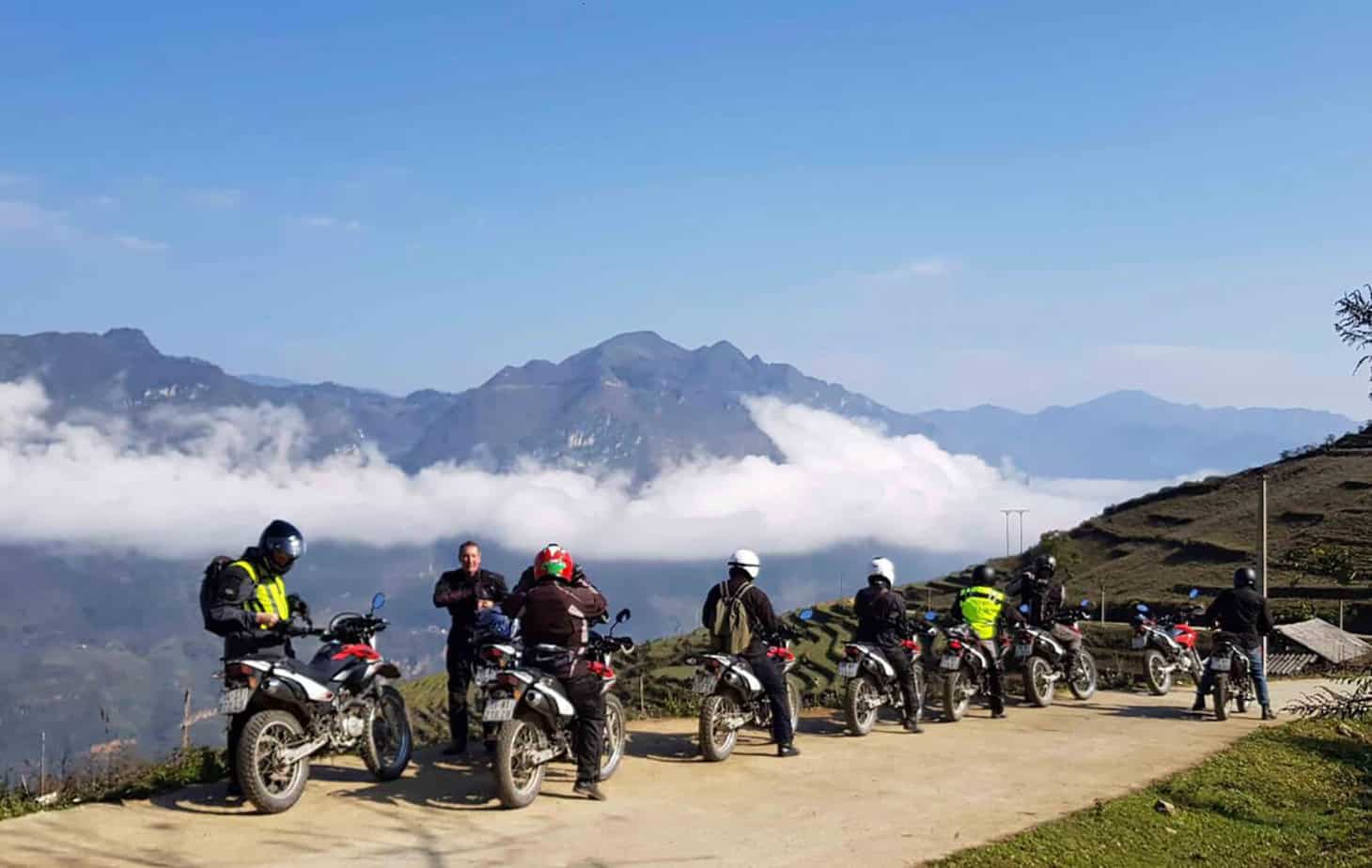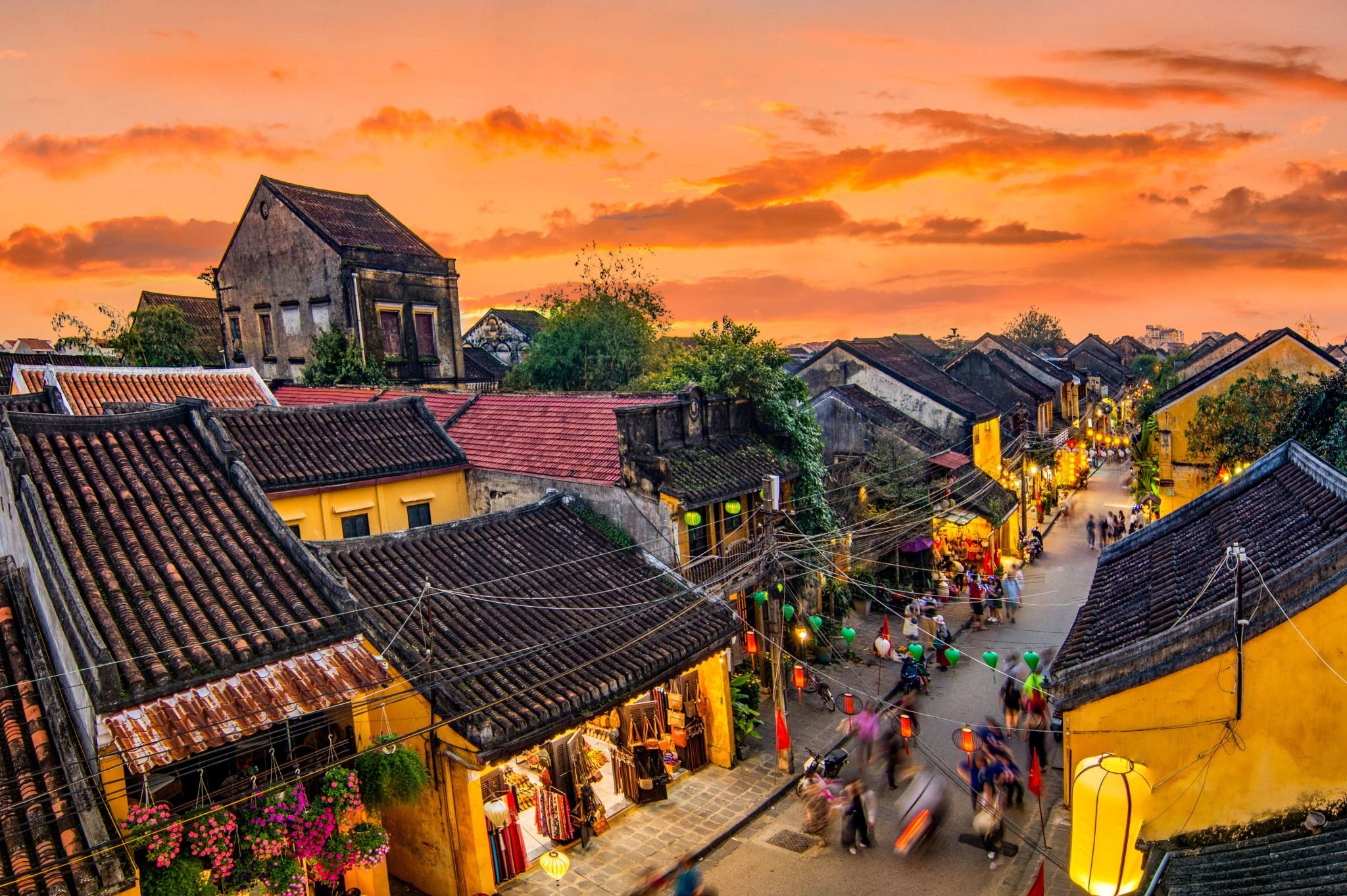How to Travel Vietnam on a Budget: The Ultimate Guide
Vietnam, a land of breathtaking landscapes, vibrant culture, and delicious cuisine, is a dream destination for many. The good news? You don’t need a fortune to experience its wonders. Learning how to travel in Vietnam on a budget is entirely achievable with some careful planning and savvy travel strategies. This comprehensive guide will equip you with the knowledge and tips to explore Vietnam without breaking the bank.
Why Vietnam is Perfect for Budget Travelers
Vietnam offers a compelling combination of factors that make it ideal for budget-conscious travelers:
- Low Cost of Living: Compared to many Western countries, the cost of living in Vietnam is significantly lower. This applies to accommodation, food, transportation, and even activities.
- Abundant Street Food: Delicious and authentic Vietnamese cuisine is readily available at affordable prices from street vendors and local eateries.
- Variety of Accommodation Options: From budget-friendly hostels and guesthouses to affordable hotels, there’s accommodation to suit every traveler’s budget.
- Efficient Public Transportation: Vietnam has a well-developed public transportation system, including buses and trains, which are a cost-effective way to travel between cities.
- Free and Low-Cost Activities: Many of Vietnam’s attractions, such as beaches, parks, and historical sites, are free or have minimal entrance fees.
Planning Your Budget Trip to Vietnam
1. Setting a Realistic Budget
The first step in planning any budget trip is to set a realistic budget. This will depend on your travel style, desired level of comfort, and the duration of your trip. A general guideline for a budget traveler in Vietnam is around $25-$50 USD per day. This could cover basic accommodation, street food, local transportation, and some activities. However, you can certainly spend less or more depending on your choices.
Consider these factors when setting your budget:
- Accommodation: Hostels, guesthouses, budget hotels, or Airbnb.
- Food: Street food, local restaurants, or self-catering.
- Transportation: Buses, trains, motorbikes, or taxis.
- Activities: Entrance fees, tours, or free activities.
- Visa Fees: The cost of your visa will vary depending on your nationality.
- Travel Insurance: This is Essential for covering unexpected medical expenses or travel disruptions.
- Miscellaneous Expenses: Souvenirs, laundry, phone calls, or unexpected costs.
2. Best Time to Visit Vietnam on a Budget
The best time to visit Vietnam on a budget is during the shoulder seasons (spring and autumn). These periods offer a balance of pleasant weather and fewer crowds, which often translates to lower prices for accommodation and tours. Avoid peak seasons (summer and Tet holidays) when prices tend to be higher.
- Spring (March- May): Pleasant temperatures and fewer crowds in most regions.
- Autumn (September-November): Autumn is Similar to spring, with comfortable weather and fewer tourists.
- Summer (June-August): Hot and humid, with potential for rain, but can offer lower prices in some areas.
- Winter (December- February): Cooler temperatures, especially in the north, but it can be a good time to visit if you don’t mind the cold.
3. Booking Flights and Accommodation in Advance
Booking flights and accommodation in advance, especially during peak season, can save you a significant amount of money. Use online travel agencies and comparison websites to find the best deals. Be flexible with your travel dates and consider flying on weekdays, as these flights tend to be cheaper.
For accommodation, consider the following options:
- Hostels: A great option for solo travelers and those looking to meet new people. Dorm rooms are the most budget-friendly option.
- Guesthouses: Locally owned guesthouses offer a more authentic experience and are often cheaper than hotels.
- Budget Hotels: Look for hotels with basic amenities and a good location.
- Airbnb: Consider renting an apartment or room through Airbnb for a more local experience and potential cost savings, especially for longer stays.
4. Visa Requirements and Travel Insurance
Before you travel to Vietnam, make sure you have the necessary visa. Check the visa requirements for your nationality and apply for a visa in advance. It’s also essential to purchase travel insurance to cover unexpected medical expenses, travel disruptions, or loss of belongings. Compare different insurance providers and choose a policy that suits your needs and budget.
Saving Money on Transportation in Vietnam
1. Utilizing Public Transportation
Vietnam has a well-developed public transportation system that is both affordable and efficient. Buses and trains are the most common ways to travel between cities. Local buses are also available within cities, but they can be crowded and confusing. Consider using ride-hailing apps like Grab or Gojek for shorter distances.
- Buses: The most affordable way to travel between cities. Choose reputable bus companies with comfortable seating and air conditioning.
- Trains: A more comfortable and scenic option than buses, but slightly more expensive.
- Local Buses: A cheap way to get around within cities, but can be crowded and confusing.
- Grab/Gojek: Convenient ride-hailing apps that offer competitive prices.
2. Renting a Motorbike (with Caution)
Renting a motorbike is a popular way to explore Vietnam, but it’s important to be aware of the risks involved. Traffic in Vietnam can be chaotic, and accidents are common. Make sure you have a valid driver’s license, and wear a helmet at all times. Only rent a motorbike if you are an experienced rider and feel comfortable navigating Vietnamese traffic.

3. Avoiding Taxis (When Possible)
Taxis can be expensive, especially in tourist areas. Try to avoid them whenever possible and opt for public transportation or ride-hailing apps instead. If you do need to take a taxi, make sure the driver uses the meter or negotiate the fare beforehand.
Eating on a Budget in Vietnam
1. Embracing Street Food Culture
Vietnam is famous for its delicious and affordable street food. From pho and banh mi to spring rolls and grilled meats, there’s a wide variety of dishes to choose from. Eating at street food stalls is not only a great way to save money but also a fantastic way to experience the local culture.
- Pho: A traditional Vietnamese noodle soup with beef or chicken.
- Banh Mi: A Vietnamese sandwich filled with meat, vegetables, and sauces.
- Spring Rolls: Fresh or fried rolls filled with vegetables, meat, or seafood.
- Com Tam: Broken rice served with grilled pork, pickled vegetables, and a fried egg.
- Bun Cha: Grilled pork served with rice noodles and dipping sauce.
2. Dining at Local Restaurants
Local restaurants, also known as quán cơm, offer a more formal dining experience than street food stalls but are still relatively affordable. Look for restaurants that are popular with locals, as this is usually a sign of good food and reasonable prices.
3. Cooking Your Own Meals (Sometimes)
If you’re staying in accommodation with a kitchen, consider cooking your own meals occasionally. This can save you money, especially if you’re traveling with a group. Visit local markets to buy fresh ingredients at affordable prices.
Free and Low-Cost Activities in Vietnam
1. Exploring Beaches and Parks
Vietnam has a stunning coastline with beautiful beaches and numerous parks. Many of these are free to access, offering opportunities for swimming, sunbathing, hiking, and picnicking. Some popular beaches include Nha Trang Beach, Phu Quoc Island beaches, and My Khe Beach in Da Nang. Explore national parks like Phong Nha-Ke Bang National Park for incredible cave systems and jungle trekking.
2. Visiting Temples and Pagodas
Vietnam is home to many beautiful temples and pagodas, which offer a glimpse into the country’s rich cultural heritage. Many of these temples and pagodas are free to visit, although donations are always appreciated. Some notable temples include the Temple of Literature in Hanoi, the Thien Mu Pagoda in Hue, and the Cao Dai Temple in Tay Ninh.
3. Walking Tours and Free Activities
Many cities in Vietnam offer free walking tours led by local students or volunteers. These tours are a great way to learn about the city’s history and culture while meeting new people. Look for free activities such as visiting local markets, attending cultural events, or exploring historical sites.

4. Negotiating Prices
Bargaining is a common practice in Vietnam, especially in markets and tourist areas. Don’t be afraid to negotiate prices, but be polite and respectful. Start by offering a lower price than you’re willing to pay and gradually increase your offer until you reach a mutually agreeable price.
Accommodation Tips for Budget Travelers
1. Choosing Hostels and Guesthouses
Hostels and guesthouses are the most budget-friendly accommodation options in Vietnam. Hostels offer dorm rooms at affordable prices and are a great way to meet other travelers. Guesthouses are locally owned and offer a more authentic experience at a lower cost than hotels.
2. Considering Airbnb
Airbnb can be a good option for longer stays or if you’re traveling with a group. You can rent an apartment or room through Airbnb for a more local experience and potential cost savings. Look for apartments or rooms outside of the main tourist areas for lower prices.
3. Staying in Less Touristy Areas
Accommodation prices tend to be higher in popular tourist areas. Consider staying in less touristy areas to save money. You can still easily access the main attractions by public transportation or ride-hailing apps.
Additional Tips for Traveling to Vietnam on a Budget
1. Packing Light
Packing light can save you money on baggage fees and make it easier to get around. Bring only the essentials, and consider buying toiletries and other items locally.
2. Avoiding Tourist Traps
Tourist traps are designed to extract money from tourists. Be wary of overpriced souvenirs, tours, and restaurants. Do your research and find authentic experiences at reasonable prices.
3. Learning Basic Vietnamese Phrases
Learning a few basic Vietnamese phrases can go a long way in making your trip more enjoyable and saving you money. Knowing how to say “hello,” “thank you,” and “how much?” can help you communicate with locals and negotiate prices.
4. Staying Connected with a Local SIM Card
Buying a local SIM card can save you money on roaming charges and allow you to stay connected with friends and family. You can purchase a SIM card at the airport or from local mobile phone stores. Mobile data is relatively cheap in Vietnam.
5. Being Aware of Scams
Like any tourist destination, Vietnam has its share of scams. Be aware of common scams such as overcharging for goods and services, fake taxi meters, and motorbike rental scams. Always be cautious and trust your instincts.
Sample Budget Itinerary for Vietnam (2 Weeks)
This is just a sample itinerary, and you can customize it to fit your interests and budget.
Day 1-3: Hanoi
- Explore the Old Quarter, Hoan Kiem Lake, and the Temple of Literature.
- Enjoy street food and local restaurants.
- Take a cooking class.
- Consider a day trip to Ha Long Bay (budget option: overnight bus tour).
Day 4-5: Sapa
- Trek through the rice terraces and visit local villages.
- Stay in a homestay for an authentic experience.
Day 6-7: Ninh Binh
- Explore Tam Coc (Three Caves) and Trang An by boat.
- Visit Bai Dinh Pagoda and Hoa Lu Ancient Capital.
Day 8-10: Hue
- Visit the Imperial City, Thien Mu Pagoda, and the tombs of the emperors.
- Take a cooking class and learn about Hue cuisine.
Day 11-12: Hoi An
- Explore the Ancient Town, a UNESCO World Heritage Site.
- Get clothes tailored.
- Relax on An Bang Beach.
Day 13-14: Ho Chi Minh City
- Visit the War Remnants Museum, Reunification Palace, and Notre Dame Cathedral.
- Explore the Cu Chi Tunnels.
- Enjoy street food and nightlife.

Conclusion: Vietnam Awaits!
Traveling in Vietnam on a budget is not only possible but also incredibly rewarding. By following these tips and strategies, you can experience the best of Vietnam without breaking the bank. From the bustling cities to the tranquil countryside, Vietnam offers a wealth of experiences for budget travelers. So, pack your bags, book your flights, and get ready for an unforgettable adventure in this beautiful and affordable country. Remember to embrace the local culture, try new things, and be open to unexpected experiences. Vietnam awaits!


